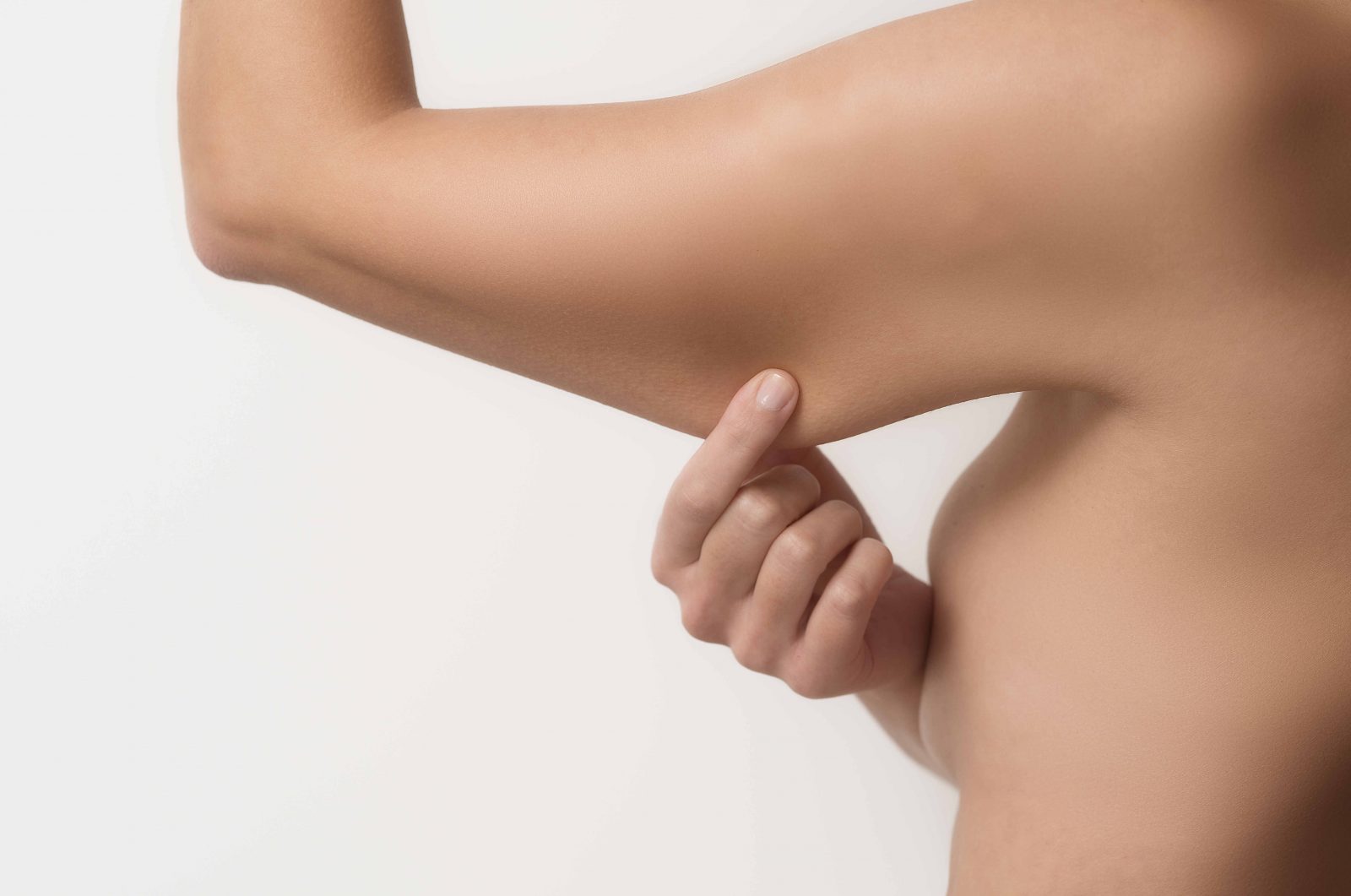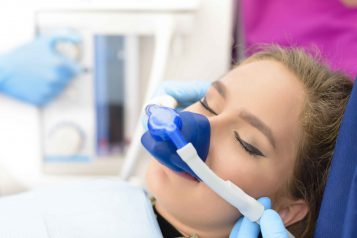Dr. Samuel Lin is a double board-certified Plastic Surgeon and Associate Professor of Surgery at Harvard Medical School who practices in Boston, Massachusetts. Dr. Lin received his Bachelor’s degree in Biomedical Engineering at Northwestern University and was enrolled in the Honors Program for Medical Education at Northwestern University, Feinberg School of Medicine, Chicago, Illinois. Dr. Lin completed a one-year fellowship appointment in Microvascular Reconstructive Surgery at the world-renowned University of Texas M.D. Anderson Cancer Center in Houston, Texas. He has also been named a Top Influencer in #PlasticSurgery. Dr. Lin is board certified by both the American Board of Plastic Surgery and the American Board of Otolaryngology-Head and Neck Surgery. Dr. Lin is board certified by two ABMS boards. He is Program Director of the BIDMC-Harvard Plastic and Reconstructive Surgery residency, and Co-Director of the Harvard Aesthetic and Reconstructive Plastic Surgery Fellowship at BIDMC. Dr. Lin was awarded the recipient of a “Mentoring Award,” by Harvard Medical School through a special nomination process which is sent out to all Harvard faculty members, house officers, fellows, and students. He has been a Boston “Top Doc” for several years in plastic surgery. Nick Elmer and Dr. Samuel Lin, MD, FACS., highlight how to know if morphine with Morpheus8 is right for you. Neither of the authors has a financial relationship with the Morpheus8 device company.
 Photo Credit: Shutterstock
Photo Credit: Shutterstock
What is Morpheus8?
Morpheus8 is a novel, minimally invasive rejuvenation and contouring technique that is used to treat a variety of common conditions including wrinkles, acne, stretch marks, and cellulite. This technology is among the first to combine traditional microneedling with the delivery of radiofrequency energy to deeper skin layers.1
How does it work?
The combination of microneedling and radiofrequency energy stimulates the production of structural proteins normally found in deep layers of the skin including collagen and elastin. The microneedling component of Morpheus8 creates micro-punctures in the skin’s surface which stimulates the natural inflammatory and healing process. The radiofrequency component of this treatment delivers targeted heat to deeper skin layers leading to the robust formation of collagen, elastin, and blood vessels.2
Why would someone choose to undergo this treatment?
There are a number of reasons why people choose to undergo this treatment. The applications of Morpheus8 are widespread and have been used to treat a variety of skin changes throughout the body. Some of the most common applications of this technology include the treatment of wrinkles, acne, stretch marks, scarring, among many more. Additionally, this procedure offers an effective alternative to more invasive surgical procedures.
Who is a good candidate for this treatment?
Patients bothered by a number of skin conditions (wrinkles, acne, stretch marks, texture, or color discrepancies) who are looking for a non-invasive treatment option to enhance and rejuvenate may benefit from Morpheus8. Good candidates for this treatment include those in good physical health as well as those with realistic goals and expectations of treatment.
Who is not a good candidate for this treatment?
Patients who may not be an ideal candidate for this treatment include those with severe skin laxity or wrinkles, as the treatment may not be as effective in these more advanced cases. Additionally, those with active skin infections or lesions may need to postpone treatment until the treatment of these conditions.
 Photo Credit: Shutterstock
Photo Credit: Shutterstock
What are the benefits of Morpheus8 treatment?
Treatment with Morpheus8 leads to tightening of the skin, reduction in skin pore size, and reduction of skin tone discrepancies.2 The combination of these benefits is responsible for the widespread utilization of Morpheus8 in a variety of conditions. Several of the conditions commonly treated with Morpheus8 are listed below:
- Signs of facial aging (jowls, wrinkles, neck skin laxity)
- Acne
- Stretch marks
- Arm or abdominal skin laxity
- Cellulite
- Tone discrepancies
- Reduction of large pores or dark spots
What are the potential side effects and risks?
The side effects of Morpheus8 are generally less based on the nature of the technology. After treatment, patients may experience temporary swelling, redness, itchiness/irritation, bleeding, bruising, or slight changes in skin pigmentation. Overall, Morpheus8 is a very well-tolerated and safe treatment.
How should patients prepare for this treatment?
Those who are undergoing Morpheus8 treatments are encouraged to avoid products that may irritate the skin (lotions, self-tanners, creams, etc.) and direct sunlight for 1-2 days prior to treatment.1 Patients on anti-inflammatory medications such as Aspirin or Aleve should consult with their physician to determine if it is safe for them to discontinue these medications 1-2 days prior to treatment. These medications have a blood-thinning effect and may lead to more bleeding during the procedure.
What exactly happens during this treatment and how long does it take?
Treatment begins with anesthetizing the treatment area. There are a number of anesthetic options and the optimal choice depends on a number of factors including the energy level used for treatment, depth of treatment, and patient tolerance. In many cases, providers will use a topical anesthetic applied 45 to 60 minutes prior to the procedure. In other cases, patients with a larger treatment area, low tolerance, or who require higher energy settings may require nerve blocks or local anesthesia. The provider will then determine the settings of the Morpheus8 device based on the desired treatment and begin applying the handpiece to the treatment areas over a period of minutes depending on the number of treatment areas. Cooling of the skin immediately post-procedure can reduce discomfort and erythema/edema.1
What is the aftercare following this treatment?
Aftercare following treatment with Morpheus8 is similar to other skin treatment procedures. Following treatment, antibiotic ointment is typically applied for 1 to 3 days post-procedure. During this time, patients should refrain from other topical agents (i.e., sunscreen, moisturizer, makeup). Once the microneedle holes close in about 1-3 days, topical agents may then be applied.1
References:
- Kreindel, M., & Mulholland, S. (2021). The Basic Science of Radiofrequency-Based Devices. In Enhanced Liposuction-New Perspectives and Techniques. IntechOpen.
- Dayan, E., Chia, C., Burns, A. J., & Theodorou, S. (2019). Adjustable depth fractional radiofrequency combined with bipolar radiofrequency: a minimally invasive combination treatment for skin laxity. Aesthetic surgery journal, 39(Supplement_3), S112-S119.
For more information, visit Dr. Brian A. Levine's social media:

























